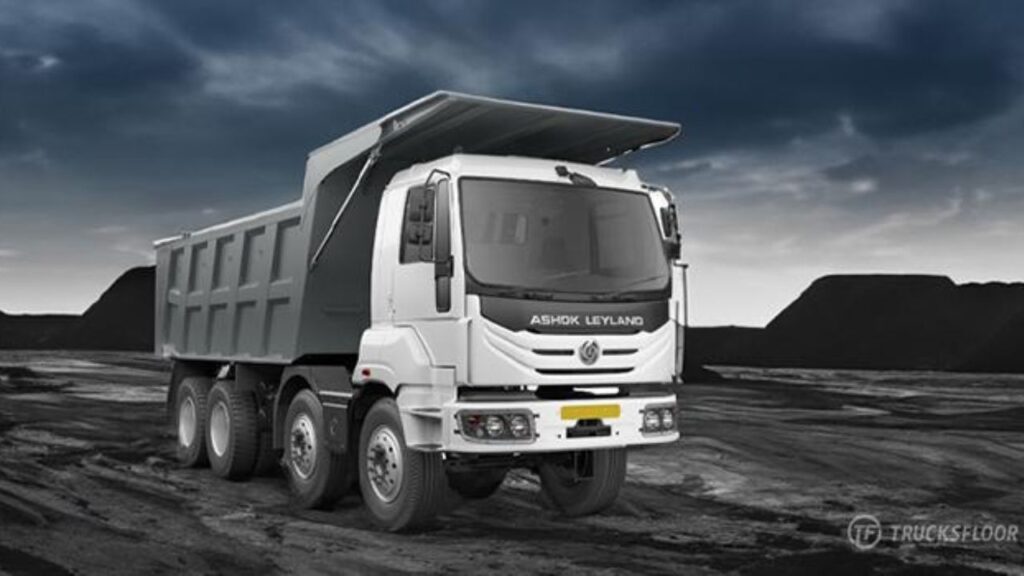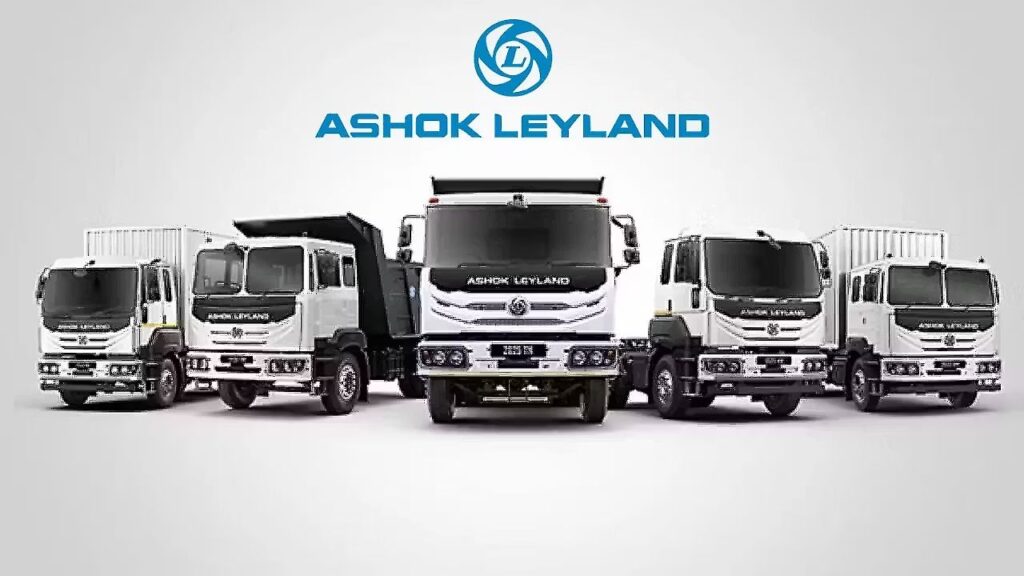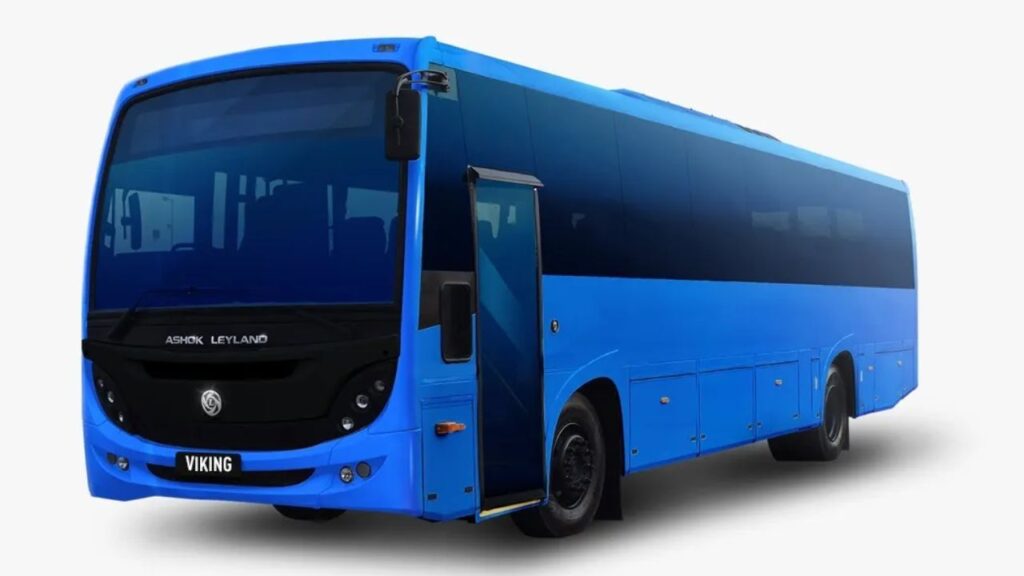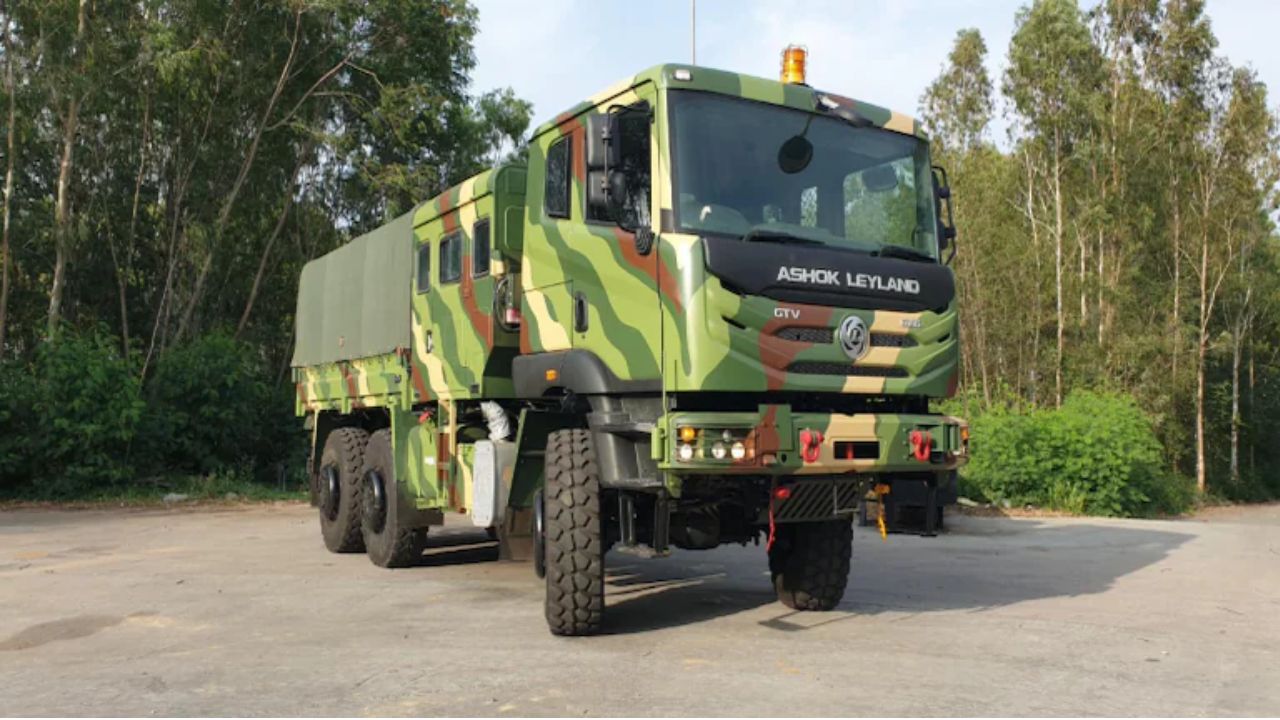Introduction
Ashok Leyland, the Hinduja Group’s main company, has continually been a commercial vehicle industry pioneer, innovating and setting new standards. In the fiscal year 2025-26, the corporation not only achieved excellent financial results, but it also introduced groundbreaking new cars that promise to alter the industry. This article delves into Ashok Leyland’s latest truck series for 2025, the company’s recent financial success, and the strategic choices that are defining its future.
Ashok Leyland’s Financial Performance: A Snapshot
Ashok Leyland, managed by the Hinduja Group, announced a record consolidated net profit of Rs 820 crore in the second quarter of fiscal year 2025-26, up 7% from Rs 767 crore in the same quarter the previous year. This expansion was fueled mostly by increased performance in their electric car subsidiary, Switch Mobility, following the closure of its loss-making UK Sherburn operation, which dramatically reduced losses. The company also reported significant revenue growth, substantial sales volumes, and operational efficiency gains, which contributed to higher margins across the truck and bus sectors.
Ashok Leyland New Launch 2025: What’s New?
At the Bharat Mobility Global Expo 2025, Ashok Leyland unveiled the highly anticipated ‘SAATHI’—a new entry-level Light Commercial Vehicle (LCV) designed to offer superior power, torque, and payload capacity compared to competitors. Built on advanced technology that eliminates the need for AdBlue and offers a competitive price point, SAATHI targets last-mile urban mobility with enhanced fuel efficiency and comfort.
Additionally, Ashok Leyland introduced GARUD 15, India’s first multi-axle, front-engine, 15-meter premium bus, which promises unmatched passenger capacity and reliability for long-distance travel. The new eTIRAN terminal tractor, India’s first electric port-terminal tractor, was also showcased, highlighting Ashok Leyland’s commitment to electric vehicle technology and sustainable transport solutions.

How Has Switch Mobility’s UK Operations Impacted Ashok Leyland?
Switch Mobility, Ashok Leyland’s electric vehicle subsidiary, faced significant challenges with its UK manufacturing operations, mainly due to economic uncertainties and slower EV adoption in Europe. The shutdown of the Sherburn facility helped stop incurred losses estimated around £21 million, moving the unit towards profitability. Switch India, however, is experiencing high growth and plans to double revenues, focusing on the expanding Indian EV market.
Market Leadership and Growth Outlook
Ashok Leyland maintains a dominant market share of over 30% in the Medium and Heavy Commercial Vehicle (MHCV) segment in India, with notable growth in both MHCV and Light Commercial Vehicle (LCV) segments. The company’s export volume surged by 45% year-over-year, reflecting its expanding global footprint. With a focus on premium products, operational efficiency, and digital improvements, Ashok Leyland aims to achieve mid-teen EBITDA margins and sustained profitability.
People Also Ask

What makes Ashok Leyland’s new truck series in 2025 revolutionary?
Ashok Leyland’s new trucks offer cutting-edge LNT technology for cleaner emissions, superior power, larger loading areas, and greater fuel efficiency, setting new benchmarks in urban and intercity transport.
How did Ashok Leyland perform financially in the recent quarter?
The company posted a consolidated net profit of Rs 820 crore, a 7% increase year-over-year, thanks to strong vehicle sales and reduced losses from their UK EV subsidiary.

What is the impact of Switch Mobility’s UK factory shutdown?
Closing the Sherburn plant significantly decreased losses, facilitating a path to profitability for Switch Mobility’s UK operations and allowing focus on high-growth Indian EV markets.
Conclusion
Ashok Leyland’s strategic advances in vehicle innovation, along with strong financial results, demonstrate the company’s resilience and forward-thinking attitude in the rapidly expanding commercial vehicle sector. The new 2025 truck series, accompanied with the advent of electric and luxury vehicles.







